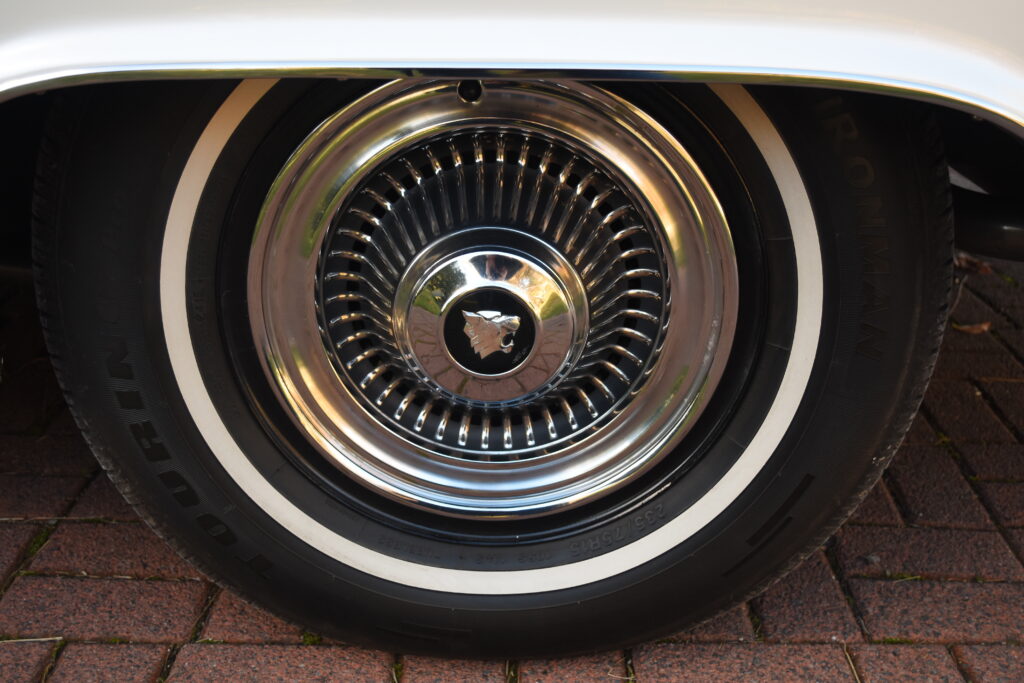GM hasn’t produced too many cars under the Buick marque of late, but reminiscing about how they used to is a good reason to bring Marin Leusink’s Wildcat out of the shadows
By Mat Mortimer


In the ’60s Buick was butting heads with the Mustang and Thunderbird, Corvette, Impala, and many others for eight-cylinder supremacy.
In the Buick stable the most well-known of the marque was the Buick Riviera, a competitor in the American version of the luxury auto market and, while it was a two-door, it wasn’t squarely pitted against the popular Ford Thunderbird. Following the introduction of the Riviera in the early ’60s, Buick released another trophy car, the Wildcat.


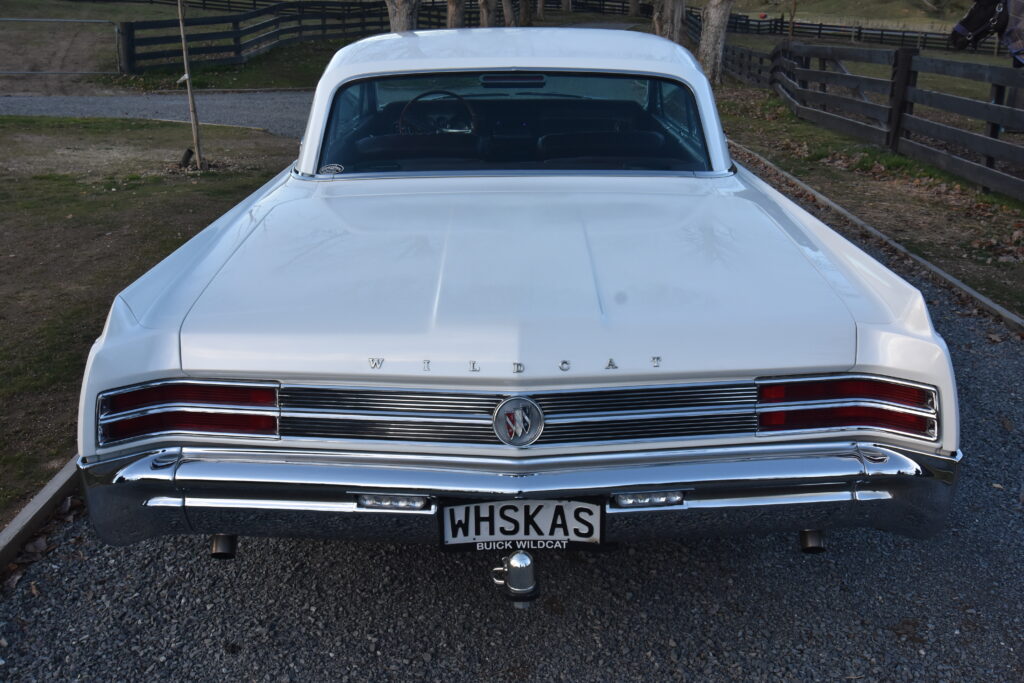
A Wildcat on the prowl
It’s fair to say Taupo-based Wildcat owner Marin Leusink is a fan of the big cat.
Marin’s 1964 Buick Wildcat is a two-door, hardtop sedan, powered by 401 cubic inches (6.6litres) of Nailhead V8 engine, backed up by a TH400 3-speed transmission.
The 401 Buick Nailhead engine wasn’t just used in the Wildcat. The 401 was the second generation of 90-degree V8 power plants producing 325bhp (242kW) and a significant amount of torque for the time — 445nM. This number was impressive enough for the engines to be used elsewhere in a somewhat different capacity. They were mounted on trolleys and used as ‘starter-motors’ for the SR-71 Blackbird supersonic jet!




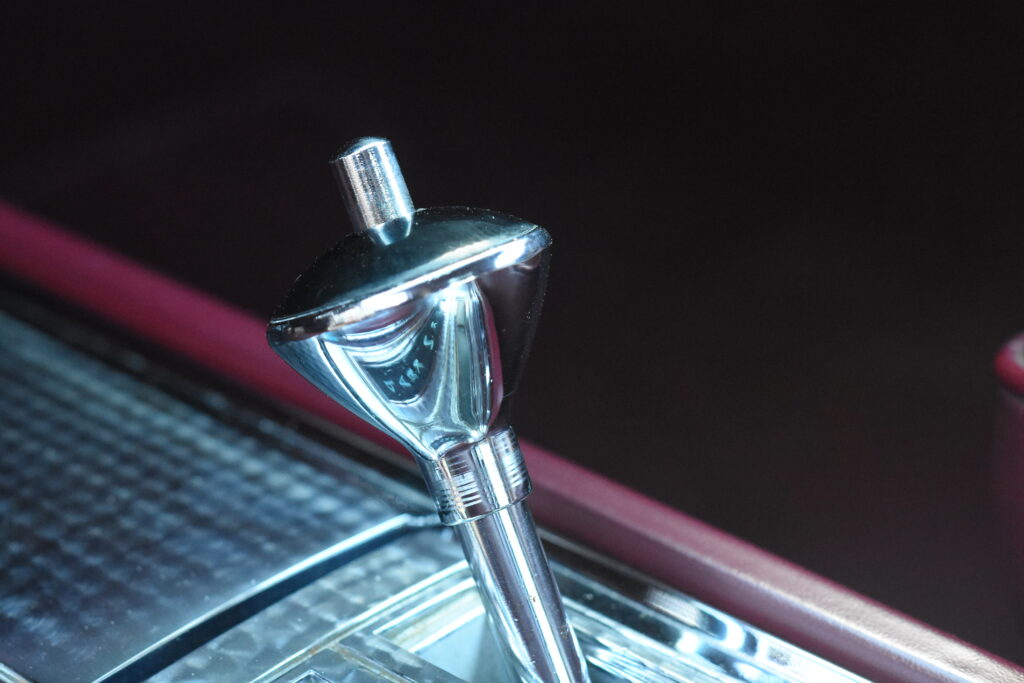
Some effort required
After considering the options Marin imported the car from Arizona in 2017.
“I wanted to make sure it wasn’t from a seaside state, to avoid too much rust in the body,” he says.
Marin set about giving the cat some claws (again). For some reason the roof of the car had seen some filler, but inspection showed no real reason for it being there. After taking the car back to bare metal, the bodywork was done, minus the unwanted and unneeded bog to get it to the revitalised state it is in now – all stock to the 1964 variant.
The ’64 is special in that it didn’t feature the regular horizontal Ventiports like its predecessors, but instead it wears the vertical chrome Wildcat-branded hash-marks on the lower front quarter panel, setting it apart from others of the same era.



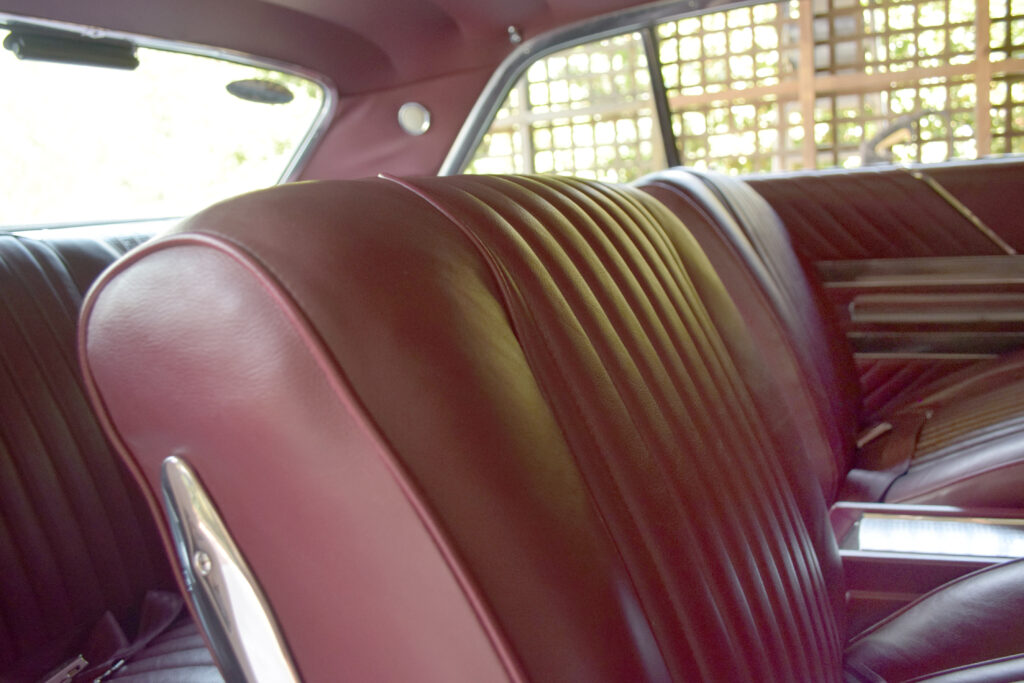
Making it purr
No project car can ever be complete on bodywork alone — even a classic such as this.
Marin decided to breathe some new life into the Buick, boring the already capable 401 cubes out to 407 and adding a few extra touches, including TA Performance roller rockers and a super street camshaft. Crowning all this valve train work was an upgrade to the standard Rochester carb, with a 770 Ultra Street Avenger looking after the inhalation.
Breathing out also became a little less restrictive with headers and a 2.5inch exhaust added.
“As much as I’ve tried to keep it original in many ways, these changes all made sense at the time. The original Rochester was replaced — they do have a few issues — and I haven’t looked back really,” he says.
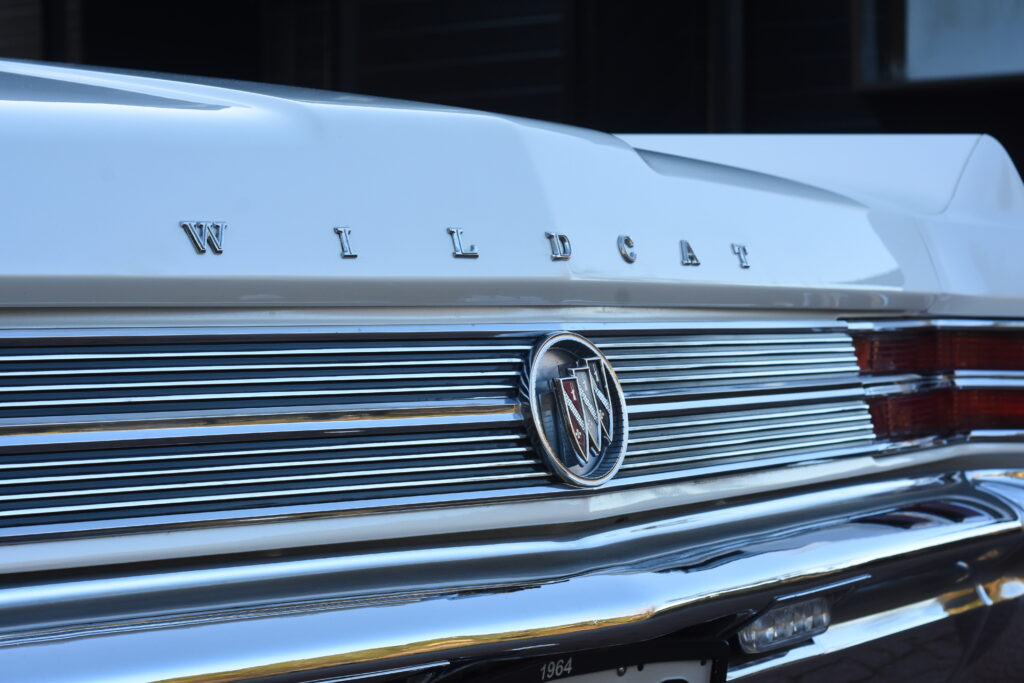


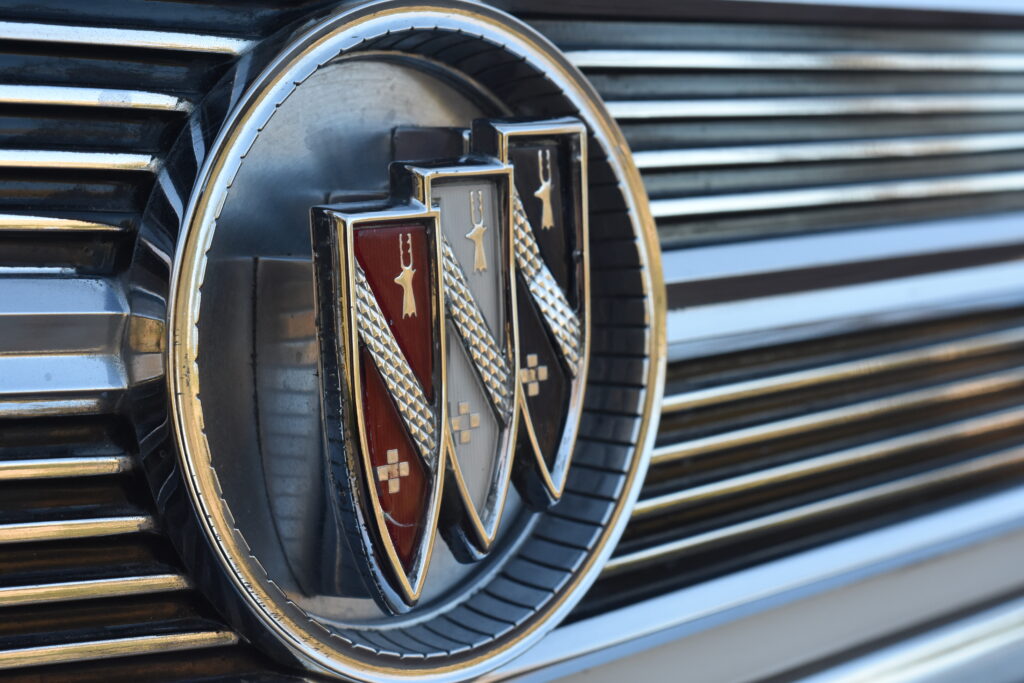
The finished product
The ’Cat rolls on a set of standard wheels, with the option of a set of chrome Cragars. This gives Marin the ability to get either a hot-rod look and style, or keep it closer to how it was in the ’60s from the factory.
Either way, with all of the work put in, it’s clear the car is now back to as close as Marin could get (engine aside!) to a great looking standard Wildcat, and it may well be literally one of a kind.
“I’m pretty sure it’s the only one in captivity, there are a few Rivieras about, but I haven’t seen another Wildcat.”

1964 BUICK WILDCAT
Engine Buick Nailhead V-8
Displacement 401cu (bored out to 407cu)
Valve Train TA Performance roller rockers and super street camshaft
Carburation 770 Ultra Street Avenger
Exhaust Headers and 2.5″ twin exhaust
Compression ratio 10.3:1
Transmission Super turbine 400 trans
Brakes F/R Disc
Suspension F/R Archers coil springs and heavy-duty sway bar

